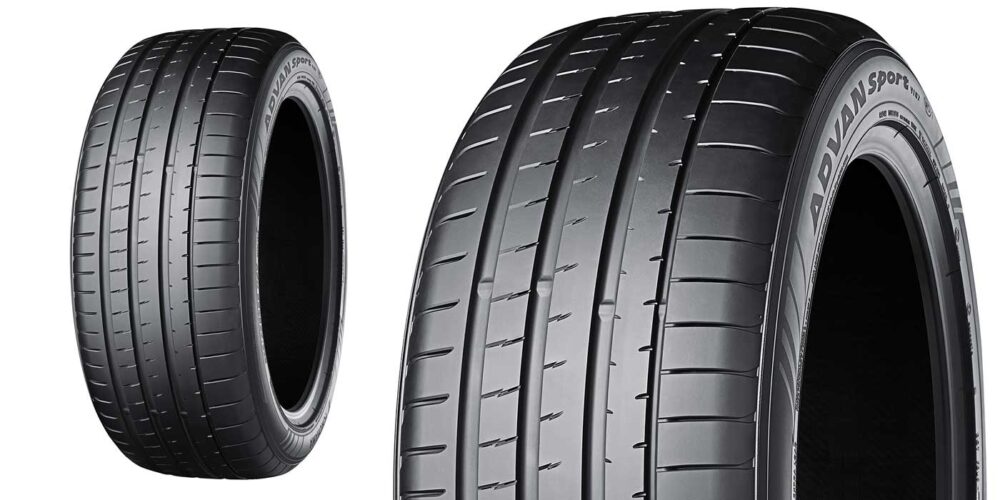We’ve all heard the expression “time is money.” A textbook example recently surfaced when a well-run fleet was debating the payback for spec’ing a tire pressure monitoring system on some new equipment. All tire engineers agree that maintaining proper inflation is the primary lifeline of tire performance, so the traditional cost savings—extending casing life, improving retreadability, increasing fuel economy, reducing costs of road service calls—had been factored into the cost/benefit analysis.
But this particular fleet also had considered several additional, more difficult to quantify benefits, including the safety of fewer tire-related roadside stops, the possibility of reduced insurance premiums and driver preferences. No specific cost savings, however, was calculated for time savings.
Time savings should be quantified first, by defining whose time is being used/saved and the corresponding labor (or vendor service) rates, and also by considering alternative uses of the time, especially for in-house employees. A third factor is the number of penalties, such as late delivery charges, goodwill damages and non-drive time expenses for idled drivers.
The most basic time savings is elimination of manual tire inflation checks. Fifteen to 20 minutes is considered the normal time required to check and make minor inflation corrections on a typical 18-wheel rig. Considering an average of this time for a weekly inflation check on a small fleet of 50 trucks, 14.6 hours would be required. Driver pre-trip visual inspections should still be performed, but both the normal maintenance and driver pre-trip inflation checks can be eliminated by using currently available TPMS and ATIS (automatic tire inflation system) devices, most of which can be spec’d on new equipment. An added bonus here is that fleets can expect fewer in-service “leakers,” as a small percentage of manually-checked tires develop slow leaks simply by depressing the valve core to obtain a pressure reading in the sometimes dirty, salty or corroded valve opening.
The time required for tire mounting and balancing also should be considered. First, maintenance managers must know their in-shop costs for these procedures and compare these to outside vendor charges to perform the service. In many cases, third-party providers specializing in tire/wheel service can offer lower costs, freeing in-house technicians to perform other maintenance tasks. Another growing practice is the use of an internal balancing/¬dampening compound inside the tire and wheel assembly, which saves time (approximately 10 to 15 minutes per assembly) required for traditional balancing. This can eliminate the cost and maintenance of a heavy-duty balance machine, and reduce the lifting and handling of mounted assemblies to different shop areas.
Other simple time-saving tips include measuring and marking non-skid remaining on used tires, so individual units can be quickly and accurately mated to remaining tires across an axle when needed. Some fleets choose to store mounted assemblies in matched sets for steer and drive positions, and replace individual tires as needed for trailer positions.
The key is to establish and communicate standardized rules for tire replacements to save time and avoid confusion. Directional tires should generally be avoided, unless the accompanying benefits—such as enhanced traction or self-cleaning for certain surface conditions, or longer tread life to removal—significantly outweigh the extra time and attention needed during installation. When possible, new valves or grommets should be installed on bare wheels. This takes less time and facilitates proper tightening compared to fitting these parts later. It often is more time and cost efficient to have work done by a wheel supplier or refinisher.
A few minutes should be invested to analyze the time requirements of the many aspects of a tire program. This should include not only the traditional in-shop procedures of routine tire inventory and replacements, but also a more comprehensive overview of road service, vendor and provider practices, retreaders, and other supplier guidelines.
Recognize that modern radials are capable of delivering performance beyond their predecessors and that new service, balancing and inflation technologies will likely save time and improve operating efficiencies. As always, any changes must be clearly defined and communicated to all parties involved.













